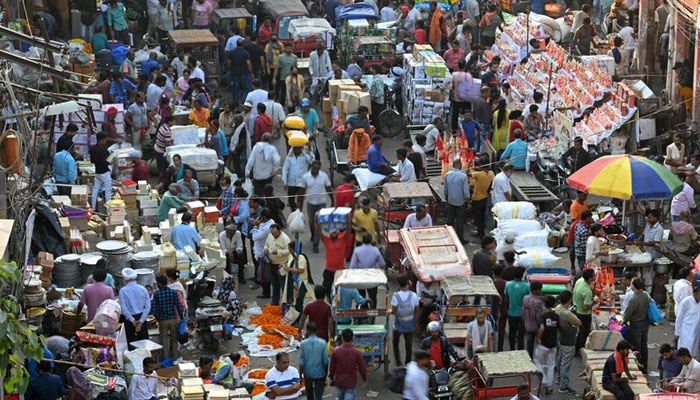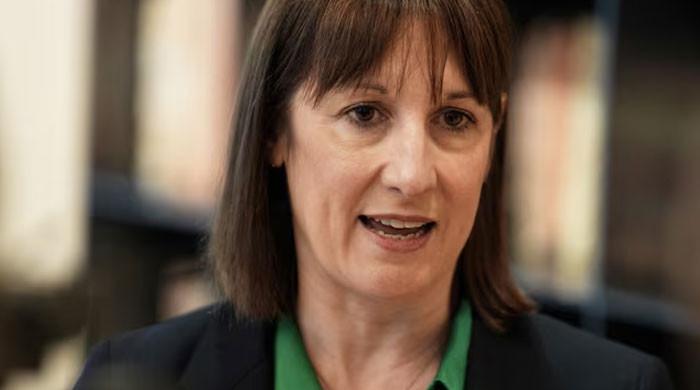India dethrones China as world's most populated nation
UN data shows India's population growth rate has slowed down, but it still remains higher than China's
May 26, 2023

India has surpassed China to become the world's most populous country, according to the latest figures from the United Nations' Population Division.
With an estimated population of over 1.425 billion people, India now officially holds the record for the highest population. Surprisingly, India achieved this feat despite being almost three times smaller than China in terms of land area. China, which had held the population record since the 1950s, reached a peak of 1.426 billion inhabitants in 2022 before experiencing a decline.
The United Nations' data indicates that India's population growth rate has slowed down, but it still remains higher than China's. However, both countries have witnessed declines in their fertility rates. In 2023, India's population growth rate stands at 0.61 percent, marking the smallest increase since 1960. This is significantly lower than the population growth rates of other countries such as Bangladesh, Morocco, and Colombia.
Despite the slowdown, India continues to see a considerable number of women entering their reproductive years, contributing to its population growth. In fact, India is the largest contributor to the global working-age population growth, accounting for 23% of the growth between 2020 and 2025.
In terms of demographics, India has a significant percentage of its population in various age groups. According to the United Nations Population Fund report, 25 percent of India's population comprises children aged 0-14, while 68 percent fall within the 15-64 age category. In contrast, China has a lower percentage of its population in the younger age groups.
India's rise in population has implications beyond demographics. The country attracts a significant number of tourists, with millions of people from around the globe visiting famous attractions such as the Taj Mahal and the Amber Palace. However, the COVID-19 pandemic has had a substantial impact on tourism numbers, resulting in a decline compared to previous years.
India's newfound status as the world's most populous country highlights the complex challenges and opportunities that lie ahead. The government will need to address issues such as healthcare, infrastructure, and resource management to ensure sustainable development and a high quality of life for its growing population.
In summary, India's population has surpassed China, making it the most populous country in the world. Despite its smaller land area, India's population growth rate, although slowing, remains higher than that of China. This shift in population dynamics brings both opportunities and challenges for India as it navigates the path towards sustainable development.











